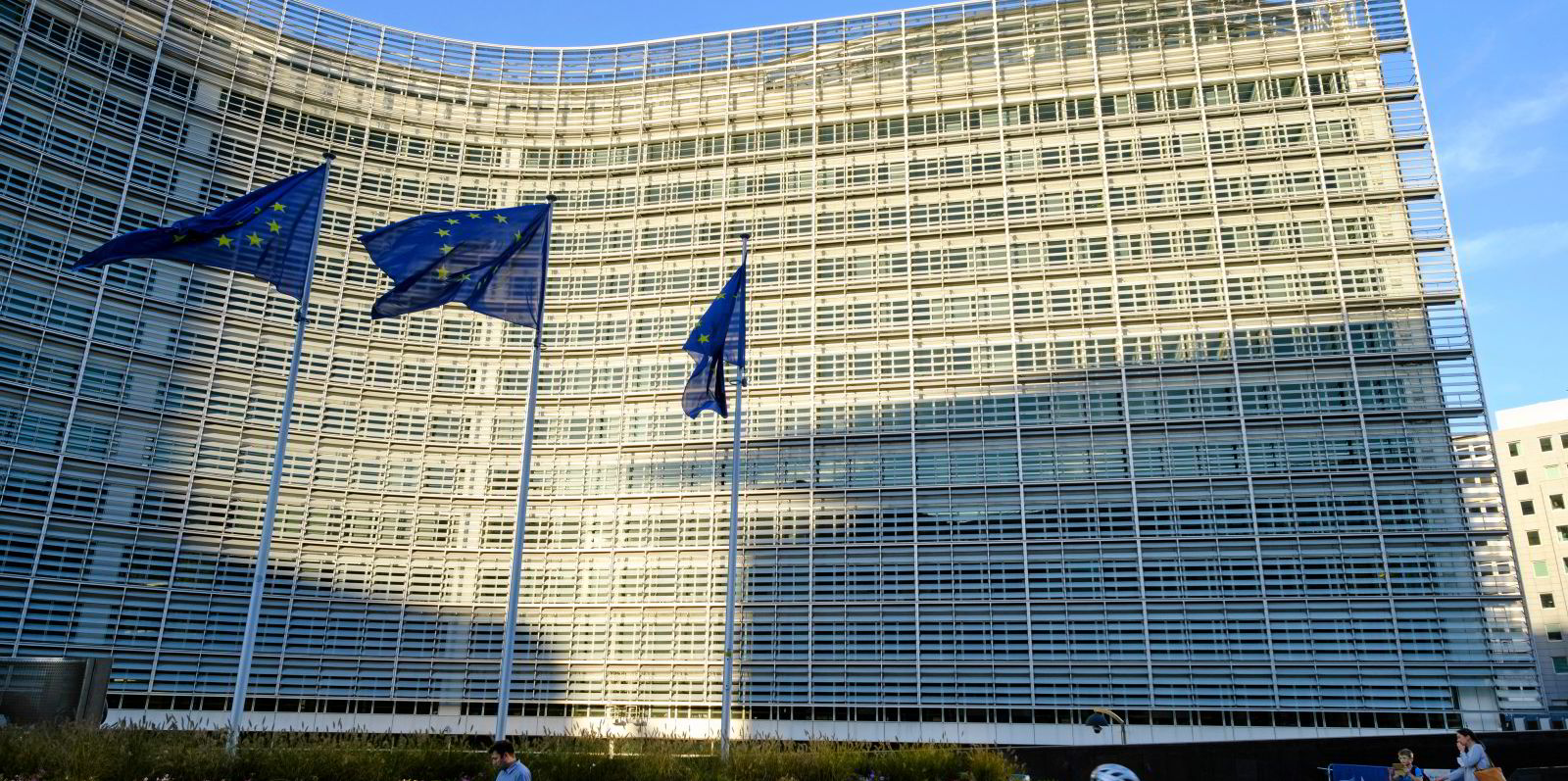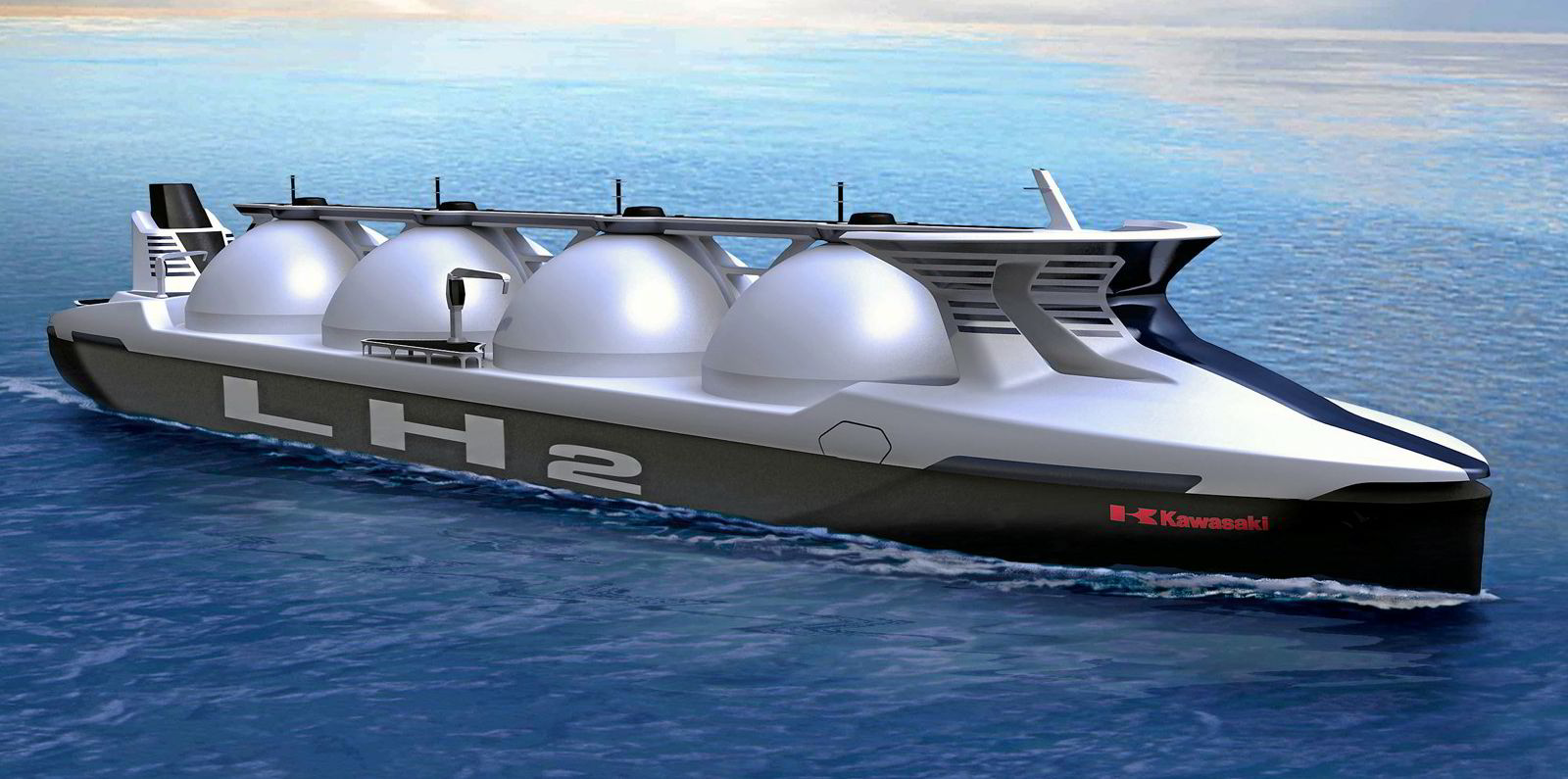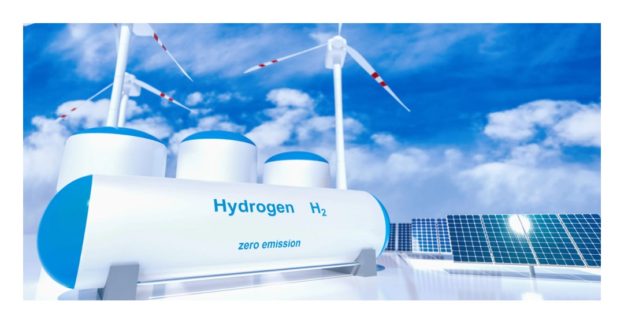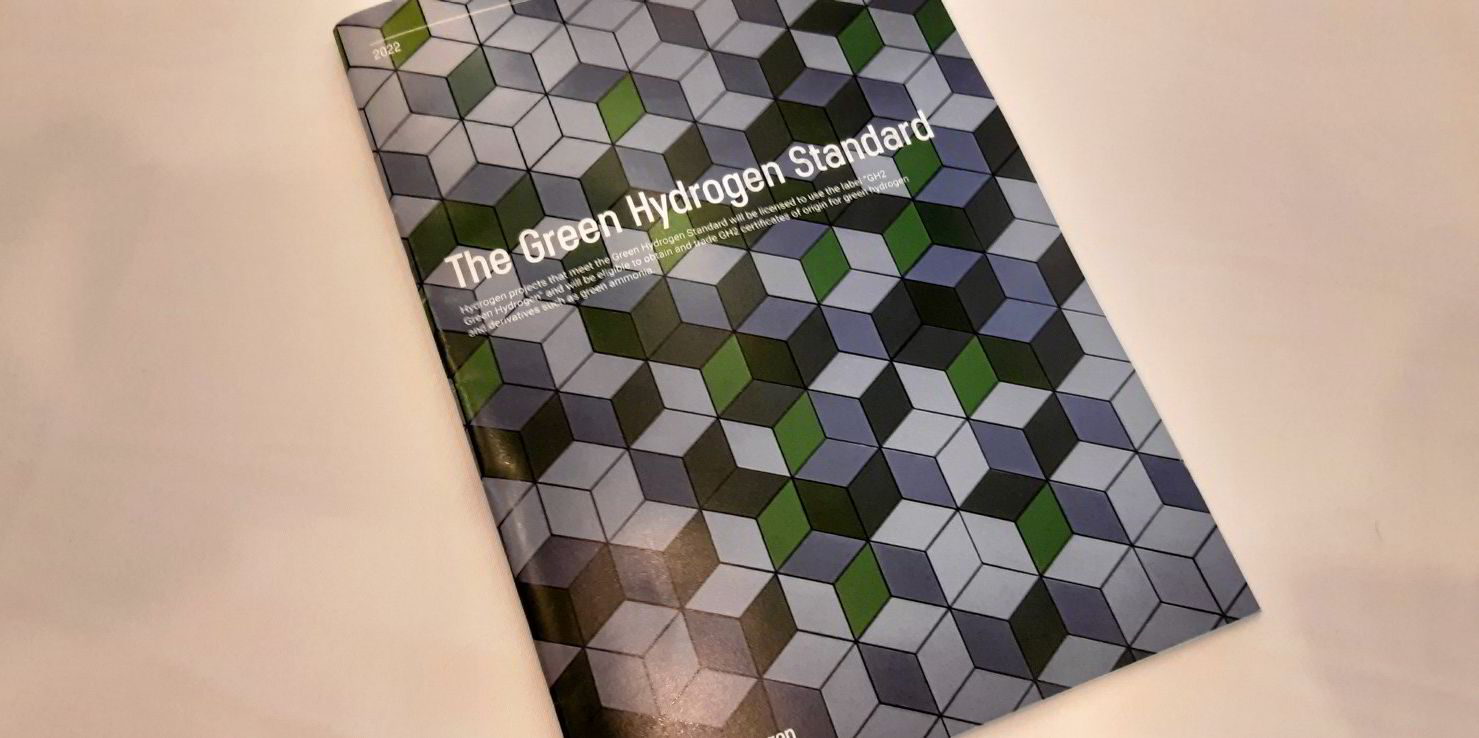Green Hydrogen Organisation calls upon COP27, G7, G20 ‘and all countries’ to commit to target, which would require 1,200GW of renewable power
The world’s governments should commit to policies delivering at least 100 million tonnes of green hydrogen annually by 2030, according to a new campaign launched by the Green Hydrogen Organisation (GH2) at its Global Green Hydrogen Assembly in Barcelona on Wednesday.
That would represent at least a 1,000-fold increase in production over the next seven-and-a-half years, and require “some 1,200GW of renewable electricity”, the Switzerland-based trade association said.
“Globally, we added 290GW of new renewable electricity in 2021,” said GH2. “If this pace is maintained, we will have added close to 3,000GW by 2030. Most of that is needed for direct electrification. If we accelerate this trend, it will be possible to use 1,200GW to produce 100mt of green hydrogen.

It would also require something in the region of 800-1,000GW of electrolysers, which would necessitate a much faster build-out of factories than analysts currently expect.
Analyst Guidehouse Insights has forecast that global electrolyser manufacturing capacity will reach 104.6GW annually by 2031, while US investment bank Jefferies put the figure at 68GW by 2030 — amounting to around 300GW of cumulative supply by then.
GH2 argues that not only is its 100-million-tonne target achievable, but that “it must be done to save the planet”.
“We call on the G7, G20 and all countries to publicly commit to deliver at least 100mt of green hydrogen annually by 2030,” the group said. “We invite government, industry and civil society leaders to join the ‘100 by 2030’ campaign.
“Decarbonising our societies will require governments, industry and civil society working together to ensure that green hydrogen production is sustainable.”
In a “message to COP27”, GH2 chairman Malcolm Turnbull, the former Prime Minister of Australia, wrote: “The horrors of the Ukraine crisis have moved energy security to the top of the global agenda. Green hydrogen is a carbon-free fuel which can replace fossil fuels in the most difficult to decarbonize economic sectors such as steel, fertilizers, road haulage, shipping and aviation.

“For green hydrogen to have a clear and significant impact in reducing global greenhouse gas emissions, at least 100 million tonnes of green hydrogen need to be produced by 2030. For this to happen, we call on COP27 parties and all stakeholders to rapidly accelerate their efforts…
“COP27 should give priority to ambitious green hydrogen deployment and financing commitments and clear pathways towards delivery, including reporting on progress with measures creating conditions for green hydrogen to contribute to rapid reductions in greenhouse gas emissions.”
He added that “significant funding needs to be mobilised to ensure the rapidly accelerated production and use of green hydrogen”.
Turnbull explains that reaching the 100mt target would require:
- The elimination of fossil-fuel subsidies;
- A significant price on carbon;
- A rapid expansion of renewable energy capacity, “with progressive planning approaches and incentives for renewable energy and electricity transmission deployment”;
- Ambitious targets to replace existing uses of grey hydrogen;
- Decarbonisation of “the hardest to electrify applications”, such as steel, shipping and aviation;
- “Smart use of production tax credits, contracts for difference, public procurement targets and other incentives”;
- The provision of “concessionary funding, guarantees and risk alleviation;
- Investment in infrastructure and pilot projects for renewable energy and transport;
- Strong preference for renewable energy and green hydrogen in government procurement poilicies and practices in the hardest to electrify sectors;
- The application of globally recognized standards and certification schemes
https://www.rechargenews.com/energy-transition/must-be-done-to-save-planet-industry-body-launches-campaign-to-reach-100-million-tonnes-of-green-hydrogen-a-year-by-2030/2-1-1221988






